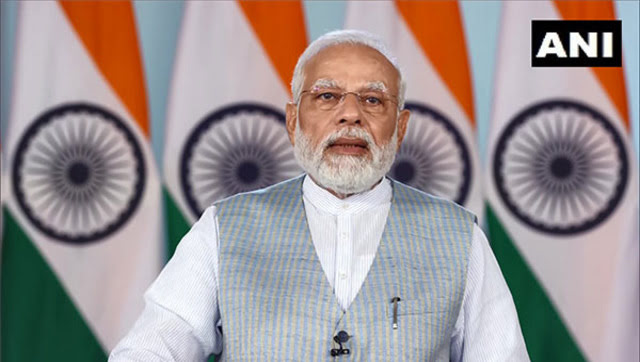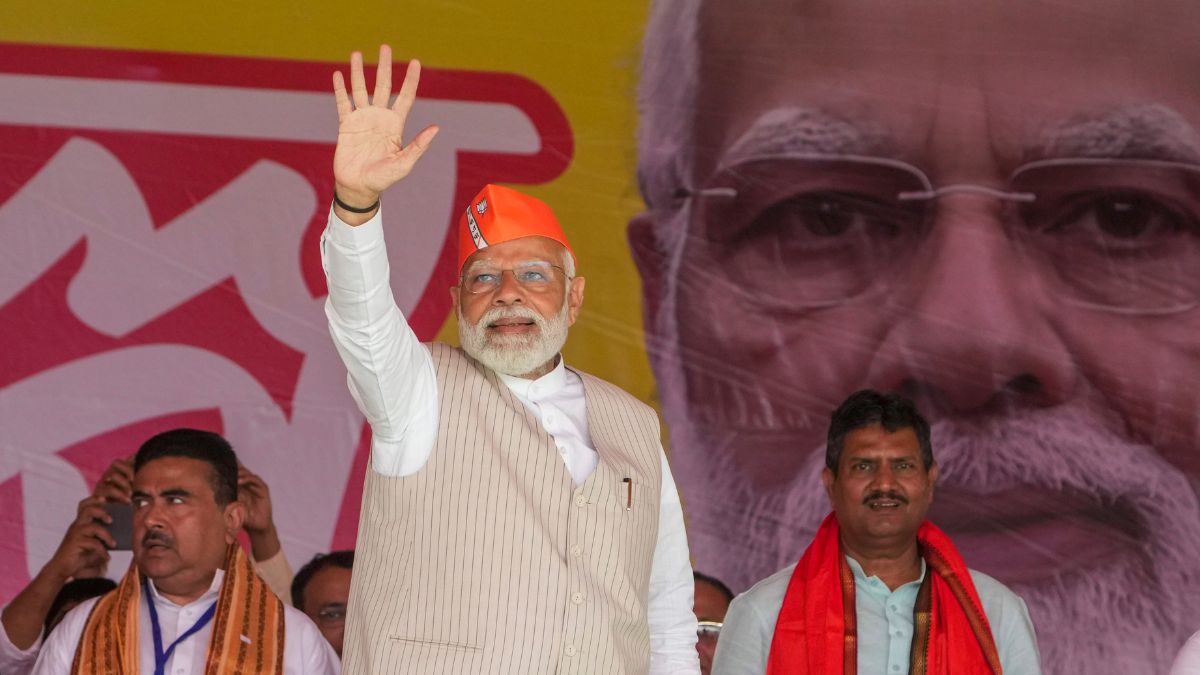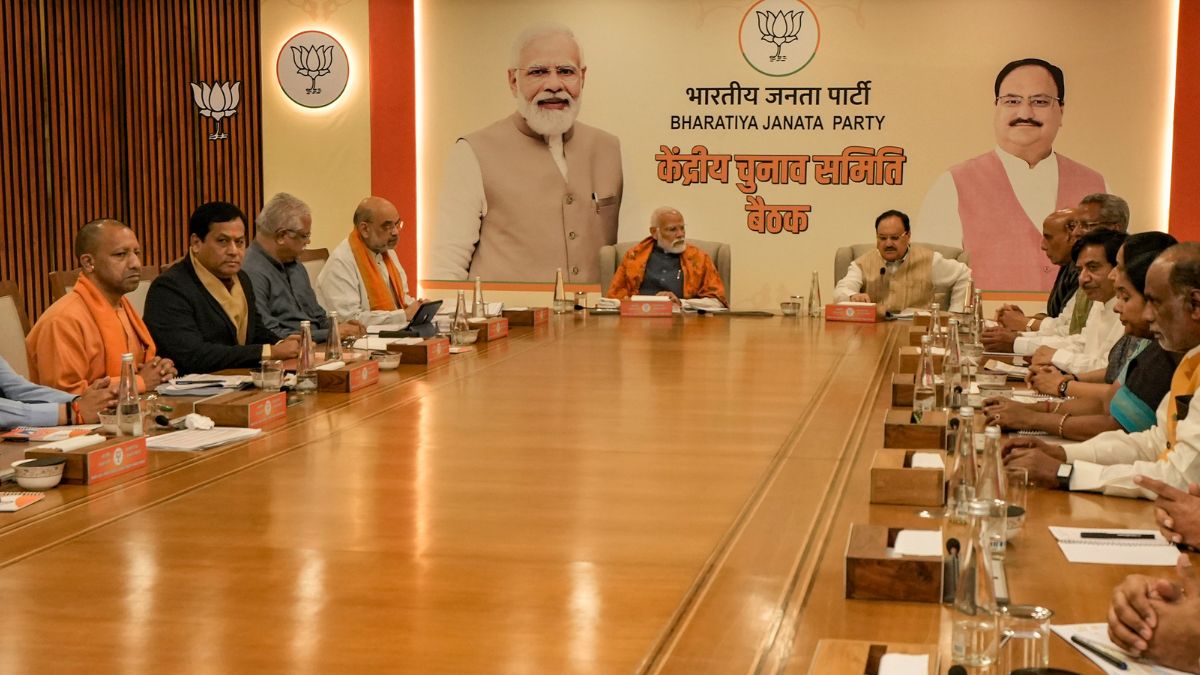As a diplomat representing the civilisational state of India abroad and then in the United Nations, I never once doubted why India should not become a great power. Equally, I never ceased agonising about the when, what and how of India getting there. So thanks to the trailblazing book, Grasping Greatness: Making India a Leading Power, edited by Ashley Tellis, Bibek Debroy and C Rajamohan, we may now have some concrete answers, if not guideposts.
Being a great power is a function of capabilities, interests and recognition (US and China for example). Economic and military power, nuclear and space capabilities, a defining role in global affairs and systems and normative weight are important. A critical mass of diplomatic, cultural, intellectual, R&D and technological resources, high-impact foreign policy management and external projection of hard and soft power are prerequisites too.
The book gathers the best policy wonks and authorities to reflect on these aspects in 12 illuminating essays. These identify key attributes of greatness that India must approximate to in order to make the transition to, or even a leap from its current balancing, bridging, emerging or rising power spot to leading and great power in the global league. The gaps and challenges are identified especially with the Indo-Pacific as a major theatre of impact and security construct where the contestation between two great powers— US and China — is playing out.
Ashley Tellis, in his thematic introduction, sets out the spectrum of four viewpoints on prospects for India’s greatness. From Ramachandra Guha’s pessimistic perspective, through Sunil Khilnani’s “alternative universality” notion and Shashi Tharoor’s emphasis on India’s soft power, civilizational greatness and intangible standing, to Bharat Karnad’s ‘Machtpolitik’ as hard, competitive and coercive power which India already possesses but is not leveraging because of its defensive, risk-averse elites.
The book acknowledges that Narendra Modi is, perhaps, the first prime minister to articulate the conception of India’s attaining greatness in comprehensive, affirmative, soft and hard power terms, which he did from 2014 onwards, but specifically to mark the India@75 moment. His belief is demonstrated in his enunciation of the Amrit Kaal — India’s golden period up to India@100 by when India will become a developed country and the second-largest economy in the world. This book endorses that projection based on multiple studies.
Using established parameters, both intrinsic and relative to other countries, the book affirms that India, at the least, is a rising and major power under the prime minister, and is wilfully seeking to be a great power. The distance to be covered is considerable, and the obstacles are many. However, the conclusion is that it is mission possible, provided certain reforms are executed, goals met and there continues to be a bold and visionary leadership — like that of PM Modi’s — which exhibits the will to realise India’s great power destiny.
Realising Prime Minister Modi’s goal of India’s great power greatness, as Tellis says, will require “protecting achievements thus far — liberal democracy, territorial integrity, civic nationalism”, and sustained relentless transformation. It is about grasping the big strategic picture along with the astuteness to fix the nuts and bolts right.
A clutch of leading economists, including Rakesh Mohan, set out the must-dos for boosting India’s trend economic growth rates, agriculture, manufacturing, services and technological competitiveness, thus enabling India to acquire the essential material power for greatness. The present pace of incremental reforms — labour, environmental, IPR, public sector agricultural and openness to trade and FDI — is considered insufficient. Deep structural reforms, drastically renovating the sclerotic elements of the economy, progressive rationalisation, and concerted and expanding marketisation are prescribed. Mitigating constraints on long-term capital accumulation, positive shocks to growth acceleration, targeted remediation to protect the poor and empowering the state with revenues to fulfil international goals are identified as other prerequisites. Rakesh Basant provides insights on the complementary steps needed in leading innovation and productive capacity and growth, research and development, and incubating innovation universities.
Chapters by Bibek Debroy/Kishore Desai and Rajesh Rajagopalan seek to reimagine a ‘New Institutional Look of the government for a New India’, creating, restructuring and upgrading institutions to enhance the quality of government. They set out veritable action plans to equip the Indian State at all levels to be able to convert human and material resources and endowments in myriad fields into the accumulation and maximisation of national power. A daunting agenda indeed, considering the political and bureaucratic pushbacks that waylay well-meaning and much-needed reform efforts of Prime Minister Modi.
Prime Minister Modi has affirmed, “When India grows, the world grows; When India reforms, the world transforms.” Much-needed economic, social, military, institutional and technological reform in every way is his mantra and mission. The book details these reforms meticulously. The question the book rightly poses is: How can India, a large, complex, diverse, federal and eternally self-contesting, litigious democracy with domestic veto-welders and special interests, myopic opposition and regional leaders blocking vital economic and social reforms, as well as enemies within, succeed in this transformation?
It’s also the time when China, our neighbour, an authoritarian state model, has emerged as an aggressive and expansionist economic and military leading power. The book makes interesting and valid comparisons — both positive and negative — about how the two Asian giants — one risen and one rising — are going to systemically compete and relate to the rest of the world.
Some experts and future gazers foresee the 21st century being India’s century, of India being in the sweetest geopolitical spot since 1947 as an independent or third pole of power. A Morgan Stanley report claims that the four global trends of de-globalisation away from China towards secure and resilient supply chains and friend-shoring; demographics of a burgeoning young India in an ageing world; digitisation and Tech 4.0 as an economic and political game-changer, and the de-carbonisation, green development imperative favour India. These trends, they posit, present unprecedented and unique opportunities. The book reverberates with these mellifluous tunes while also striking a cautionary chord, pointing to specific instruments required to make music.
India has fought hard to not be a passive system-taker on the global stage. At the least, it has been a conscientious objector. I can testify, to our batting above our league to even be a system shaper in international fora like the UN, IMF, World Bank and WTO and benefitting from them. There is now a bigger litmus test that lies ahead. As Rohan Mukherjee points out, India must move on from exercising its “power of argument” to wielding the “argument of power” in the realm of global governance. The onus is on India to take on global responsibilities – exactly what PM Modi has done, with India now acting as a system-maker that has an expanded global footprint, a role model and a driver on vital issues for humanity.
Prime Minister Modi’s India has pushed for purposive multilateralism while opting for mini-lateral and plurilateral mechanisms, including G20, as well as new ways of mobilising and leading the changing Global South. The SDGs, social justice, environmental sustainability, climate action, and Blue Economy pledges and goals are being pursued passionately. By enhancing and leveraging the India advantage, he has also adroitly served the cause of global public goods, including peace and security, digital public infrastructure, and humanitarian, disaster and pandemic response. Through strategic realignments and transformative bilateral and global partnerships, he has positioned India appropriately on the trajectory of greatness.
India however, is still constrained by not being able to speak for and integrate South Asia, not being on the decision-making table in the UN Security Council; nor having controlling stakes in global institutions as major budgetary contributors nor is the rupee included as the world’s reserve currency. We have not yet become a dominant trading, technology and financial power, nor are we able to bear the short-term costs for long-term global influence and power.
Arjun Subramaniam and Amit Mukherjee analyse the evolving military capabilities of India. They try to decipher whether India has the extant and future military capabilities to defend its 6,000 kilometres long land border and 7,500 kilometres long sea border; fight a two-front war with Pakistan and China; and effectively undertake counterterrorism, anti-insurgency and internal security operations. Importantly, can it transform to sustain PM Modi’s change of posture from reactive deterrence to proactive deterrence, be the sword arm of statecraft, have the multi-domain capability, defend India’s overseas interests, and enable it to be a strong, net regional and global security provider and weighty military power?
Their answer is in the affirmative, provided the necessary political will, administrative agility and financial investment are deployed to reform and transform, restructure, re-strategise, and better coordinate. The centrality of jointness of the three services and political-military jointness issues must be addressed. Military, strategic and defence-industrial effectiveness; successful indigenisation of defence production and weapons systems; and acquisition of state-of-the-art equipment for a future-ready force are important factors as well.
C Rajamohan’s two essays on foreign policy highlight the challenges, but also the unparalleled advances that have taken place during Prime Minister Modi’s eight years. He credits Prime Minister Modi with boldly envisioning the term ‘leading power’ — different from earlier monikers — as a definitive objective, paired with muscular nationalism and its projection abroad. He contends that Prime Minister Modi’s tenure has seen some major departures in Indian foreign policy; in particular, in the novel and decisive approach adopted for great power relations. Significantly, he avers that Modi’s India has retaken the initiatives that make India a natural part of the management of the regional and global order.
Bringing new self-assurance unlike Congress governments before, Prime Minister Modi is recognised as having asserted India’s new position in the international system as a power in its own right. Jettisoning historic hesitations, he has forged a strong India-US partnership as a critical lever to secure core national objectives and enhance space for manoeuvring among major powers. He has expanded engagement with Japan, Russia and Europe; reconnected with the Anglosphere; stood up to pressures from China and pushed back on cross-border terrorism from Pakistan; ended defensiveness with Israel while simultaneously expanding ties with Gulf and Arab states, Indian Ocean/IORA, and embraced the Indo-Pacific geopolitical construct.
Rajamohan, however, questions India’s walking away from economic globalisation vehicles, such as the FTAs like RCEP. He insists that India reclaims the subcontinent and somehow heals the bleeding wound of Pakistan in its strategic body through strength and transformational partnerships with the West. India will have to fight back the Chinese encirclement and woo back neighbours who are no longer buffers and protectorates through the allure of shared geography and culture, markets, and FDI. India will need coalition-building with well-articulated and defined objectives to enhance its interests in the great power constellation.
I would like to see a sequel to this book delving deeper into the soft power dimension, and India’s technology revolution as a means of leapfrogging and maybe even pole-vaulting into greatness. This book’s immense value is in whetting the appetite of not only experts and students but laymen too because it presents complex issues in accessible ways. Most importantly, I would urge our intellectual, political, official and business classes to read this book and imbibe its lessons. They must buy into the greatness of the India Project, contribute in their own realms, and not put self-serving obstacles in its path.
I believe that the book can be the spark for a popular movement for seeding the ideas and raising consciousness about sprouting and growing the plant of India’s greatness destiny. As Rahul Sagar points out, India’s love of mankind — its Vasudhaiva Kutumbakam ethos — tends to drown out its patriotism, or Rashtra Dharma. Reverse it, and India will be in a leading position in Dharma. He calls for a “civilisational catharsis” to develop an appetite for India to become a leading global power and to be hungry in grasping it. Otherwise, I am concerned that the world will be one family, but some other country will be leading it and we will be relegated to subservience — once again!
The author is a former Assistant Secretary-General of the United Nations and Deputy Executive Director of UN Women; and a former Ambassador of India. Views expressed are personal.
Read all the Latest News , Trending News , Cricket News , Bollywood News , India News and Entertainment News here. Follow us on Facebook , Twitter and Instagram .


)




)
)
)
)
)
)
)
)